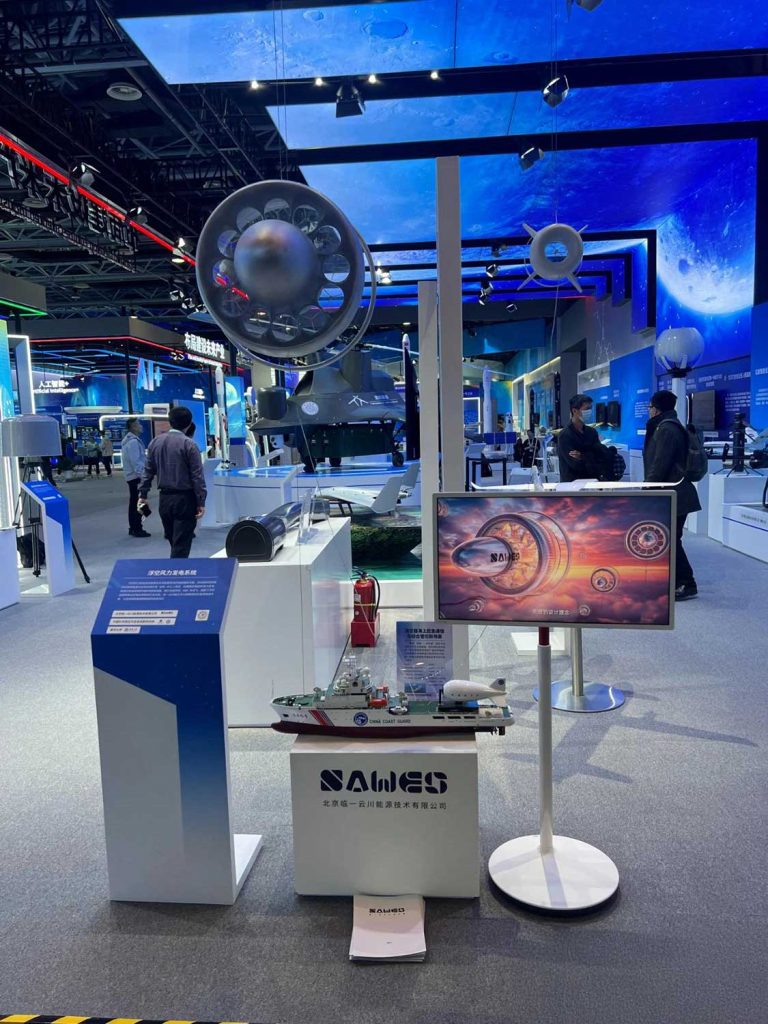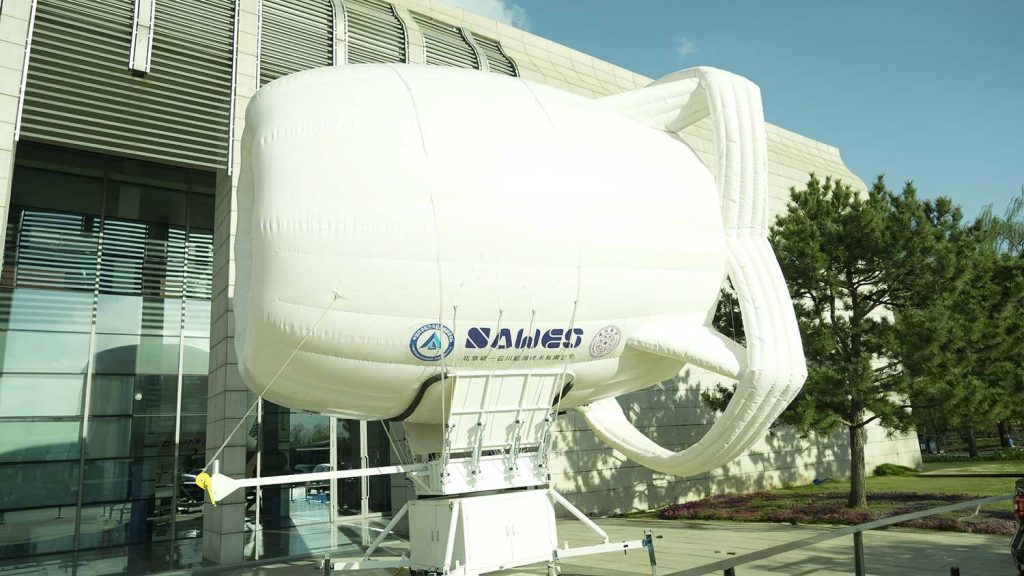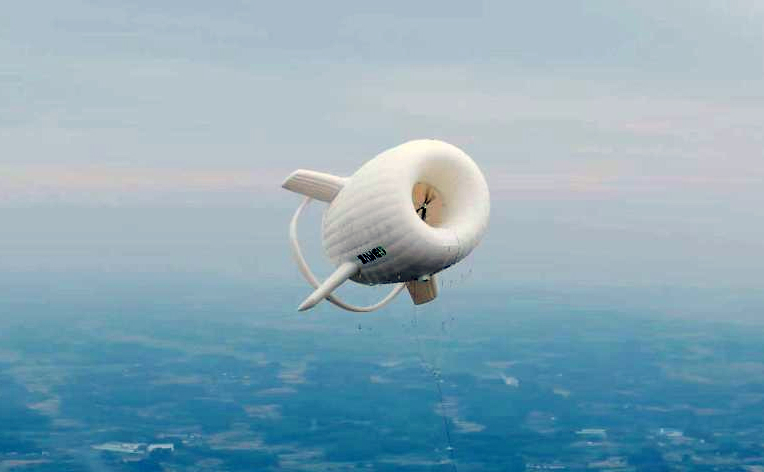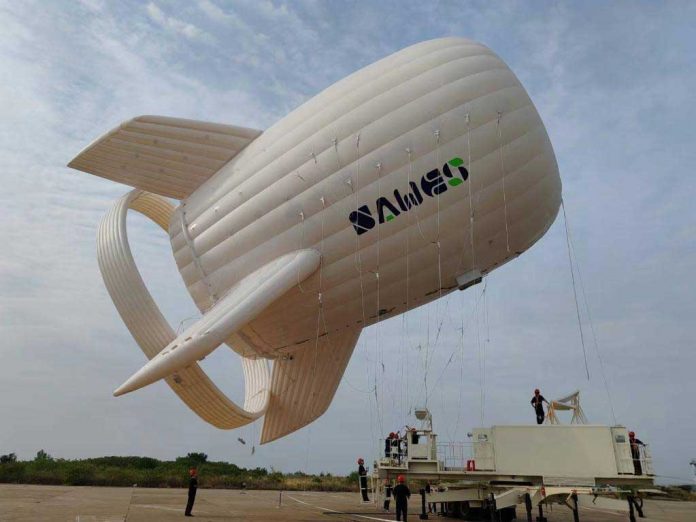A New Era of Wind Power: Generating Energy from the Stratosphere
For decades, wind energy has been harnessed through towering wind turbines on ridges and coastlines. Now, a groundbreaking innovation is taking wind power to new heights—literally.

At the 2025 Zhongguancun Forum Annual Meeting, China introduced the Stratospheric Airborne Wind Energy System (SAWES), an airborne wind turbine designed to generate electricity at altitudes exceeding 3,000 meters.
Developed by Beijing Linyi-Yunchuan Energy Technology Co., Ltd. in collaboration with Tsinghua University and the Chinese Academy of Sciences, SAWES represents a major leap forward in renewable energy technology.

The system uses a helium-filled aerostat to lift lightweight wind turbines into the stratosphere, where wind speeds are stronger and more consistent than at ground level. The energy produced is transmitted back to Earth via a tethered cable, offering a stable and efficient power source.
Why Generate Electricity Above 3,000 Meters?
Unlike ground-based wind turbines, which suffer from fluctuating wind speeds and inconsistent output, high-altitude wind energy systems benefit from:
Stronger, Steady Winds: The stratosphere offers sustained wind speeds of around 40 meters per second, ensuring a continuous and reliable energy supply.
Higher Energy Efficiency: With more stable wind conditions, airborne wind turbines produce electricity with less variability and greater efficiency.
Reduced Infrastructure Needs: Traditional wind farms require extensive land and massive towers. SAWES, however, operates without the need for large-scale physical infrastructure, reducing material costs and environmental impact.
Progress and Future Plans

The development of SAWES has been years in the making. After extensive research and testing, a prototype was successfully completed in 2024. Recent test flights demonstrated its capabilities:
November 2023: Operated at 500 meters in Jingmen City, Hubei Province, generating 50 kilowatts.
January 2024: Reached 1,000 meters in Gongqing City, Jiangxi Province, generating 100 kilowatts.
May 2024: The next-generation S1500 model ascended to 3,000 meters, targeting a power output of 1 megawatt (1,000 kilowatts).
SAWES aims to pave the way for large-scale airborne wind farms, offering a game-changing solution to global energy challenges.
A Global Energy Shift?
High-altitude wind energy is emerging as a promising alternative to traditional renewables, addressing challenges like intermittency and land use. While the technology is still in its early stages, airborne wind energy systems like SAWES could play a vital role in the transition to a sustainable energy future.
With China leading the charge, could we soon see fleets of airborne turbines powering cities worldwide? The future of wind energy may be not on land, but in the skies.
Related article: United Aircraft, a global leader in unmanned systems, makes its debut at the Consumer Expo









